SUMMARY
This is AI generated summarization, which may have errors. For context, always refer to the full article.
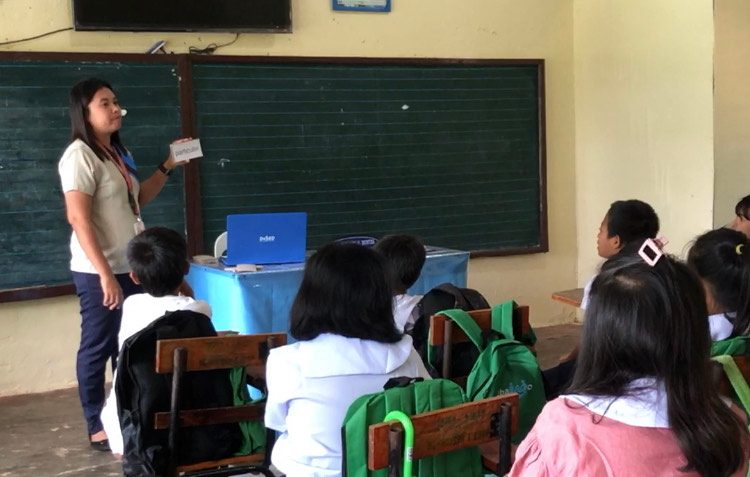
CEBU, Philippines – Jerwin Durano, a construction worker from Barangay Oguis, told Rappler about his excitement over the official turnover of new classrooms at the Melecio B. Tito Elementary School in Barangay Oguis, Danao City, Cebu province.
“Dako kaayo mi kalipay nga daghan na kaayo og room. Naa ko’y usa ka anak gatuon diri (We’re so happy to know that there now are plenty of rooms. I have a child who studies here),” Durano said.
His daughter, Kieshamae, is a preschooler at the elementary school and wants to become a doctor some day.
While it would be enough to see his daughter graduate from the school, Durano said he was willing to support Kieshamae’s dream and planned to see it through no matter the challenges they faced.
As classes officially opened for school year 2023-2024, parents and teachers find themselves working through age-old problems — an imbalance in classroom-to-student ratios and gaps in reading and writing skills in children.
Rooms for more?
On Tuesday, August 29, Department of Education (DepEd) Secretary Sara Duterte visited the Melecio B. Tito Elementary School where some 40 students received 4 new classrooms which they could use.
From Kindergarten to Grade 6, students from the Melecio B. Tito Elementary School had to share at least functional 4 classrooms prior to the construction of the new rooms.
“Back then, one classroom had to be dissected into two grade levels. It was not easy and it really affected the learning process of the children,” Nestor Nuñez, head teacher of the elementary school, said in Cebuano.
Nuñez explained that children from different grades have a tendency to get distracted. They witnessed this happen several times in the past when two of their teachers would conduct different activities for students sharing the same learning space
A similar problem was observed in Guinacot Integrated School in Barangay Guinacot, Danao City, which had only 20 classrooms, some made into makeshift learning spaces from the school’s kitchen and canteen.
Maria Socorro Española, the principal of Guinacot Integrated School, told Rappler that the classroom-to-student ratio was 1 to 32.
Now, with the additional classrooms, Nuñez hoped that it would help their children’s learning curve, especially as some students struggled with learning reading and writing.
Rappler’s Visayas Bureau interviewed – with the supervision of their class teacher – a Grade 4 student from the same elementary school and found out that the child was unable to spell the word “reading”.
Illiteracy
During the pandemic lockdown, parents were made to tutor their children through modular learning, which resulted in huge gaps in reading and writing comprehension.
In 2022, DepEd Central Visayas Regional Director Salustiano Jimenez admitted that developing reading comprehension among children in kindergarten and grades 1, 2, and 3 from the modular/virtual learning setups was a major challenge.
To address this and to prepare for the following academic years, schools began implementing enrichment classes through the National Learning Camp (NLC) during the summer.
The NLC was designed by DepEd to help teachers develop the learning competencies of children who wish to catch up with major subjects like Science, English, and Mathematics.
“Last year, we had some non-readers but we can maneuver them this year because we have some planned reading programs for them,” Española told Rappler.
According to the principal, the effect of the pandemic on the learning capacity of children can still be felt but not as much this year.
“Within this year, we already have a project implementation plan to address illiteracy,” Española said. –Rappler.com
Add a comment
How does this make you feel?
![[ANALYSIS] What they don’t tell you about Philippine education and health](https://www.rappler.com/tachyon/2023/06/TL-What-they-dont-tell-Philippines-Education-Health-June-6-2023.jpg?fit=449%2C449)
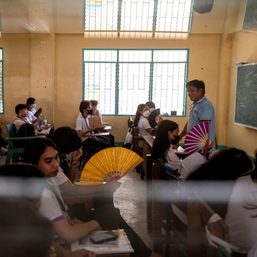
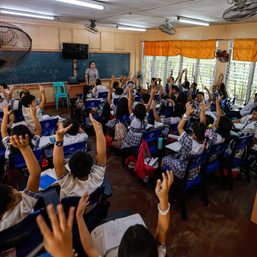
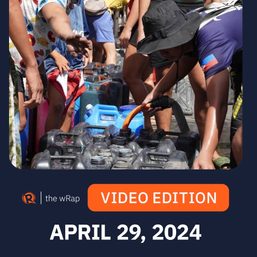
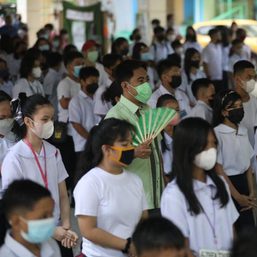
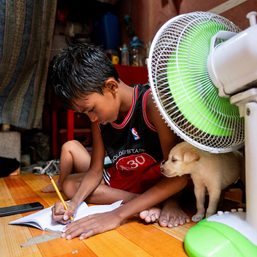
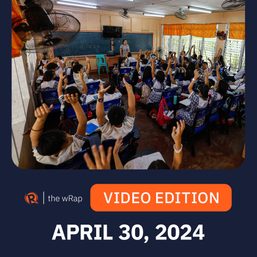
There are no comments yet. Add your comment to start the conversation.